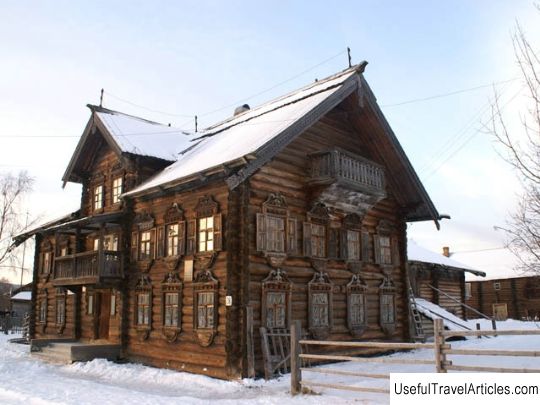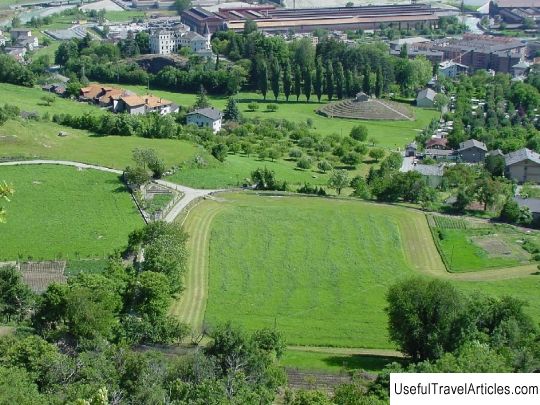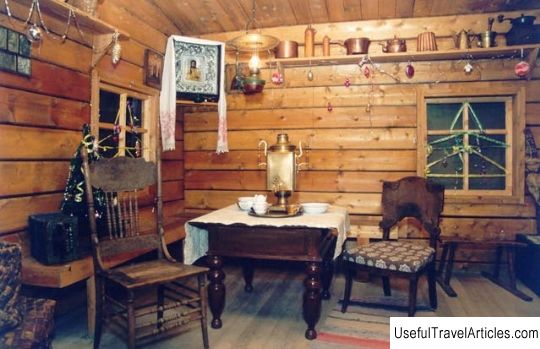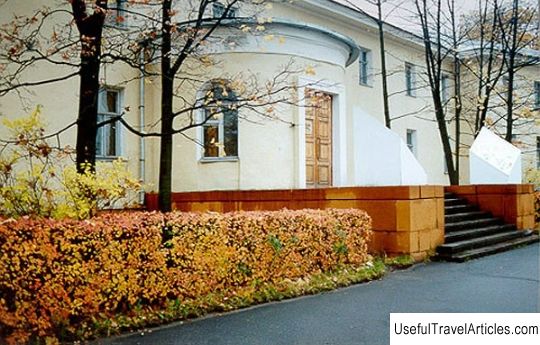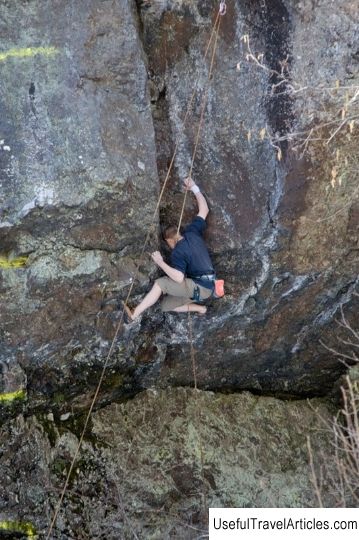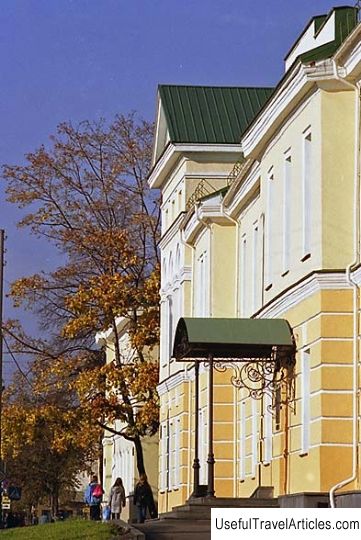Sheltozero Vepsian ethnographic museum description and photos - Russia - Karelia: Prionezhsky district
Rating: 9,0/10 (2116 votes) Sheltozero Vepsian ethnographic museum description and photos - Russia - Karelia: Prionezhsky district. Detailed information about the attraction. Description, photos and a map showing the nearest significant objects. Photo and descriptionSheltozero Vepsian Ethnographic Museum named after R.P. Lonina is unique in Russia, its expositions tell about the culture of the people of the Karelian region - the Vepsians, who are descendants of the Ves tribe. The creation of the museum's collection began in the 60s, the local historian writer Lonin Rurik Petrovich, he was the first collector of Vepsian folklore. In 1967 the first exhibition of the People's Museum was opened. In 1980, it became a branch of the Karelian State Museum. The museum funds, which include more than 6,000 items, are located in one of the most beautiful and largest Vepsian houses of the mid-19th century, built by the merchant Melkin. All exhibits are divided according to the respective themes, these are household items, dishes made of clay, wood, birch bark and straw. Weaving, blacksmithing, photographic documents. They were collected in the Vepsian villages of the Karelian, Leningrad and Vologda regions. The most interesting ethnic objects are placed in the Vepsian hut and in the household yard, here you can see: sleds; a boat made of a whole aspen trunk, sewn with the help of pine roots; there is also a two-wheeled chaise; flax processing tools; blacksmith, carpentry, carpentry tools. In one of the rooms there are items dedicated to hunting, fishing - the crafts of the northern peoples. Traps, homemade fishing gear, birch bark with an ancient map of the lake. There is also a loom, a bast cradle with a colored calico canopy and a cow's horn teat. Various dishes: copper, clay, birch bark. Homespun linen clothing, patchwork quilts. Written and photographic materials of the ethnographer, traveler V. Maikov, made by him in the middle of the 19th century in Vepsian villages. A wide range of excursions is offered for adults, children, students, schoolchildren, and foreign tourists. In the museum you will not only touch the history, but also hear live voices performing Vepsian melodic songs, hear the Vepsian language. You will be able to taste traditional Vepsian dishes prepared according to old recipes. These are rybniki, fishing fish soup, skantsy, wickets. In winter, you will find fun entertainment - riding a Finnish sleigh. There is also an exposition dedicated to the partisan movement in these parts during the Great Patriotic War. There is also the world's only unique deposit of crimson quartzite. In ancient times it was called Porphyry. You can see this stone in the decoration of St. Isaac's and Kazan Cathedrals, the Cathedral of Christ the Savior, the Winter Palace. This stone was also used outside Russia, in 1847 in France, when the sarcophagus for Napoleon was being built. Almost 10 thousand people visit the museum a year. Folklore festivals are held in Sheltozer every year: "The Tree of Life" - in July - a national holiday that gathers residents from all nearby villages; Memorial Day of St. Jonah of Yashezersky - on October 5, a church service is held in a local church, and in the House of Culture you can listen to a concert of sacred and folk music.         We also recommend reading Church of St. Elijah the Prophet description and photo - Russia - St. Petersburg: St. Petersburg Topic: Sheltozero Vepsian ethnographic museum description and photos - Russia - Karelia: Prionezhsky district. |
